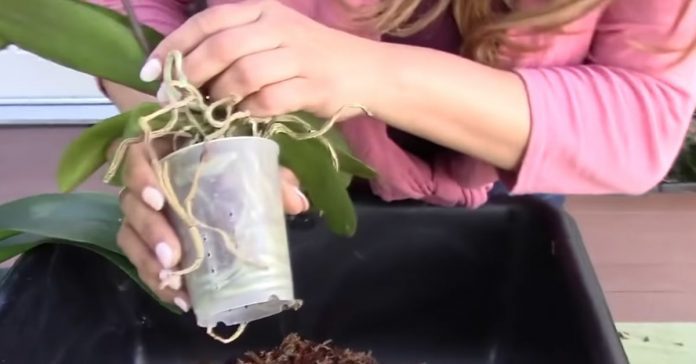Orchids are incredibly beautiful plants, seemingly exotic and often surrounded by a mysterious air. They have a bad reputation of being difficult to cultivate, requiring a lot of work and maintenance, but the reality is that they are actually sturdy plants that are no more difficult to maintain than other flowering ornamentals. Their care is just different.
There are many varieties of orchids available and, of course, some are difficult, but many are adaptable to the light and temperature conditions encountered on the windowsills of homes and apartments. One of the most important aspects of orchid care is to replant/repot them frequently. By using the following tips, you will be rewarded with beautiful, healthy plants that can be bloomed repeatedly.
1. Repot every one to two years
Not at all like numerous other fancy blossoming plants, orchids don’t develop in fertilized soil. They are developed in mass substrates, lumps, for example, bark, charcoal or greenery; they just need developing media to stay themselves. This implies the plants must be repotted when their developing medium starts to separate or the roots begin to leave the highest point of the pot. As per the American Orchid Society, repotting is finished considering the root framework, not the foliage.
There is no period or season of the year that is best for replanting or repotting an orchid. Instead, it is best to plan for this transition to a larger container just after the plant blooms and the beginning of growth.3. Slightly increase container size
Look for another compartment that is just somewhat bigger. Pick a pot that is explicit to the orchid – punctured for air development – or settle on earthenware or very depleting plastic. Increment the compartment size by close to two creeps in distance across.
Orchids naturally attach to other plants instead of growing in the soil. To give them a similar environment for growing, use a growing medium/crop recommended for orchids. Some of the preferred substrates are fir bark, coconut coir, and sphagnum moss.5. Soak container prior to transplanting
To help remove the orchid from its current home, soak it in water for a few hours before replanting.
In a clean, separate container, add boiling water to the potting soil for the new pot and let stand for a while until the water returns to room temperature. Gardenista recommends adding about twice as much water as potting soil and draining excess.
Orchids are very susceptible to diseases and fungi. Before starting this project, thoroughly clean and sterilize the tools you will use, such as scissors or garden trowel. One of the simplest and fastest ways to disinfect tools is to wipe them with a 70% solution of isopropyl alcohol and let them air dry.8. Remove orchid from container
Gently extract the mixture of orchids and potting soil from the old container, taking care not to damage the roots of the plant by using too much force.
With your hands, remove the root growth support as much as possible. Carefully disentangle the roots from each other.10. Clean up roots
Expel all dead or infected roots as near the plant as conceivable with a lawnmower or cleaned scissors. This will influence the plant assets to solid tissue rather than the orchid attempting to “feed” the issue zones to encourage them to wellbeing.










